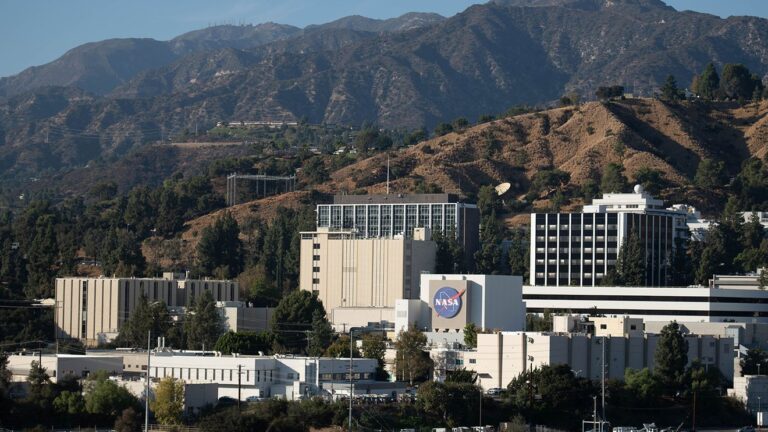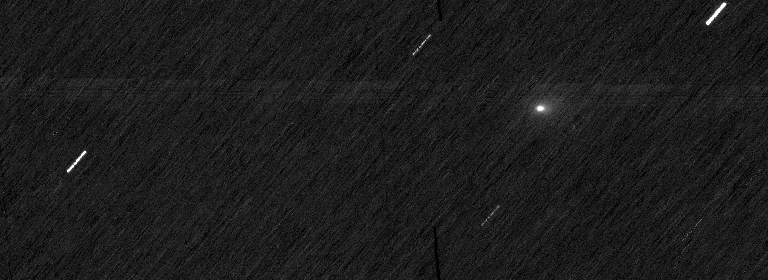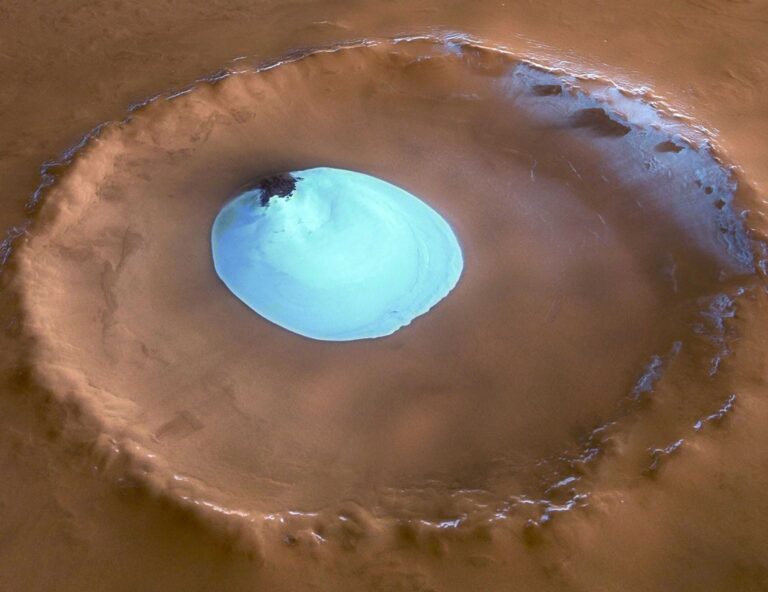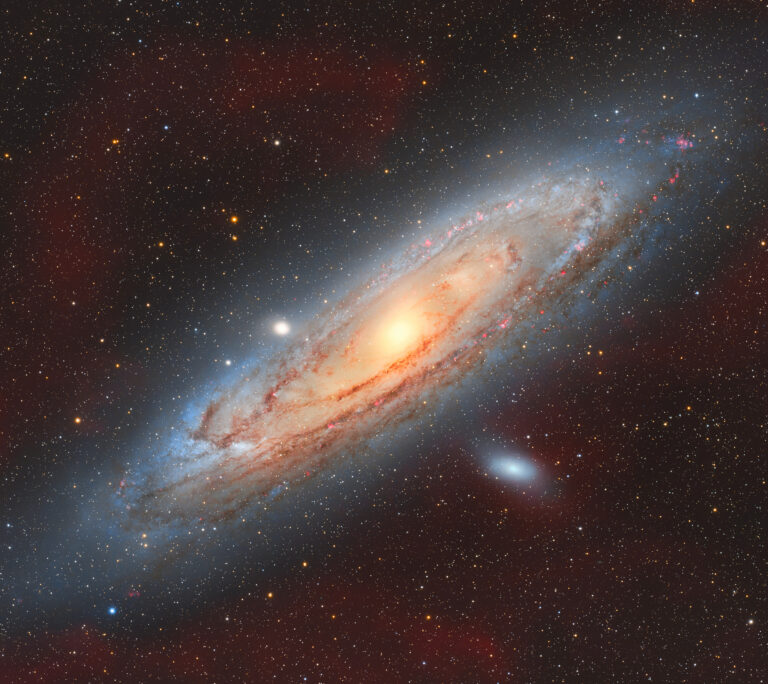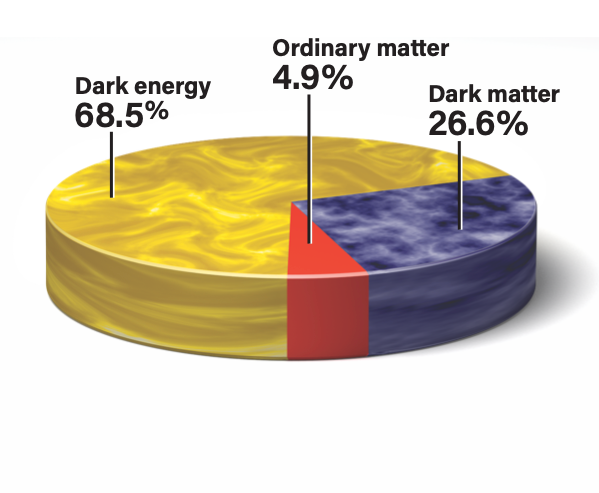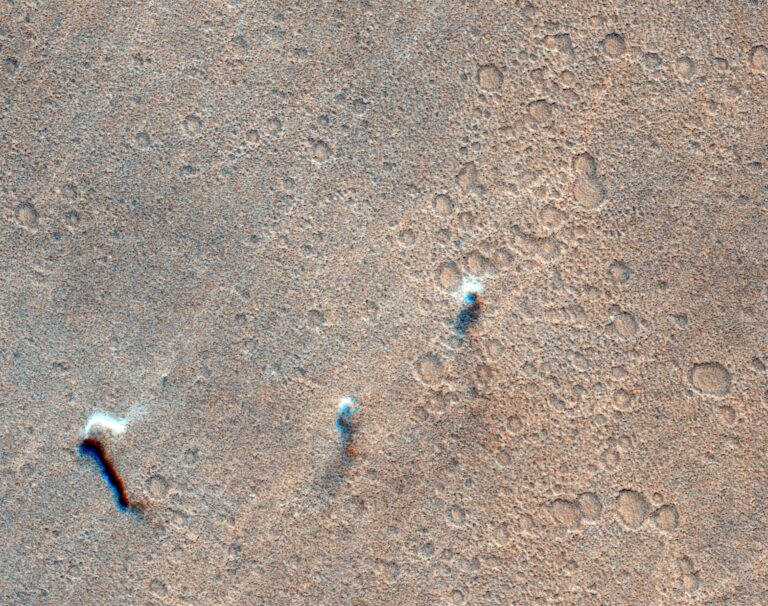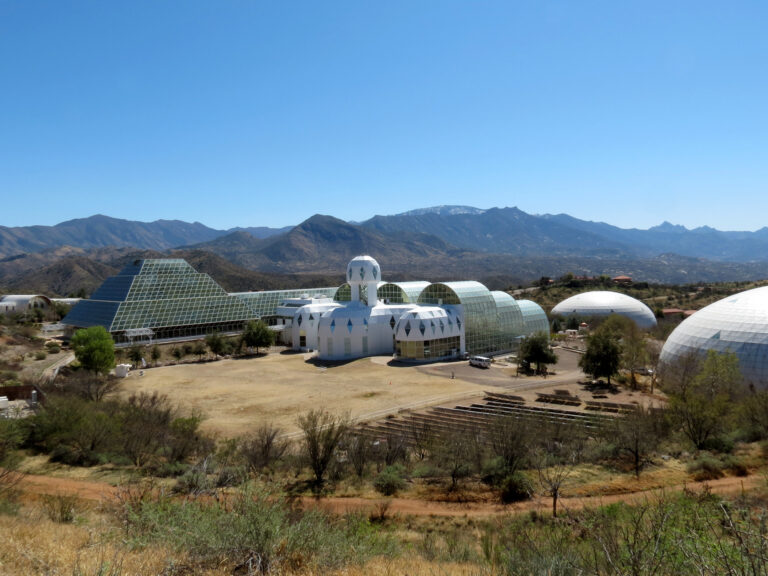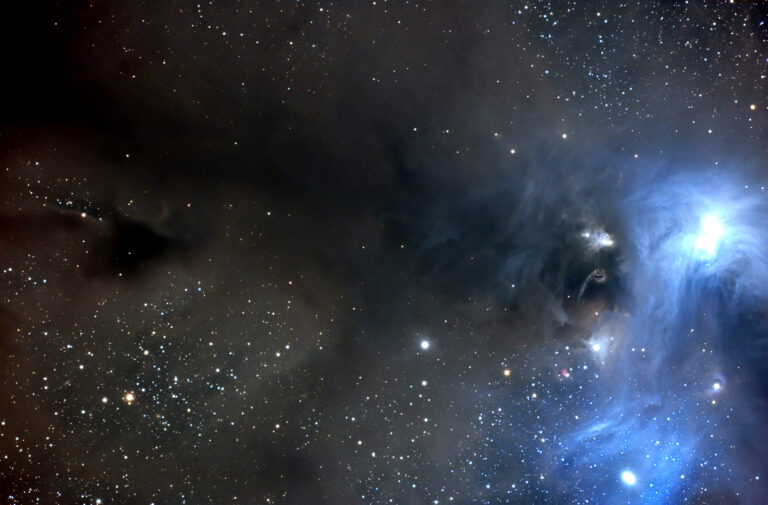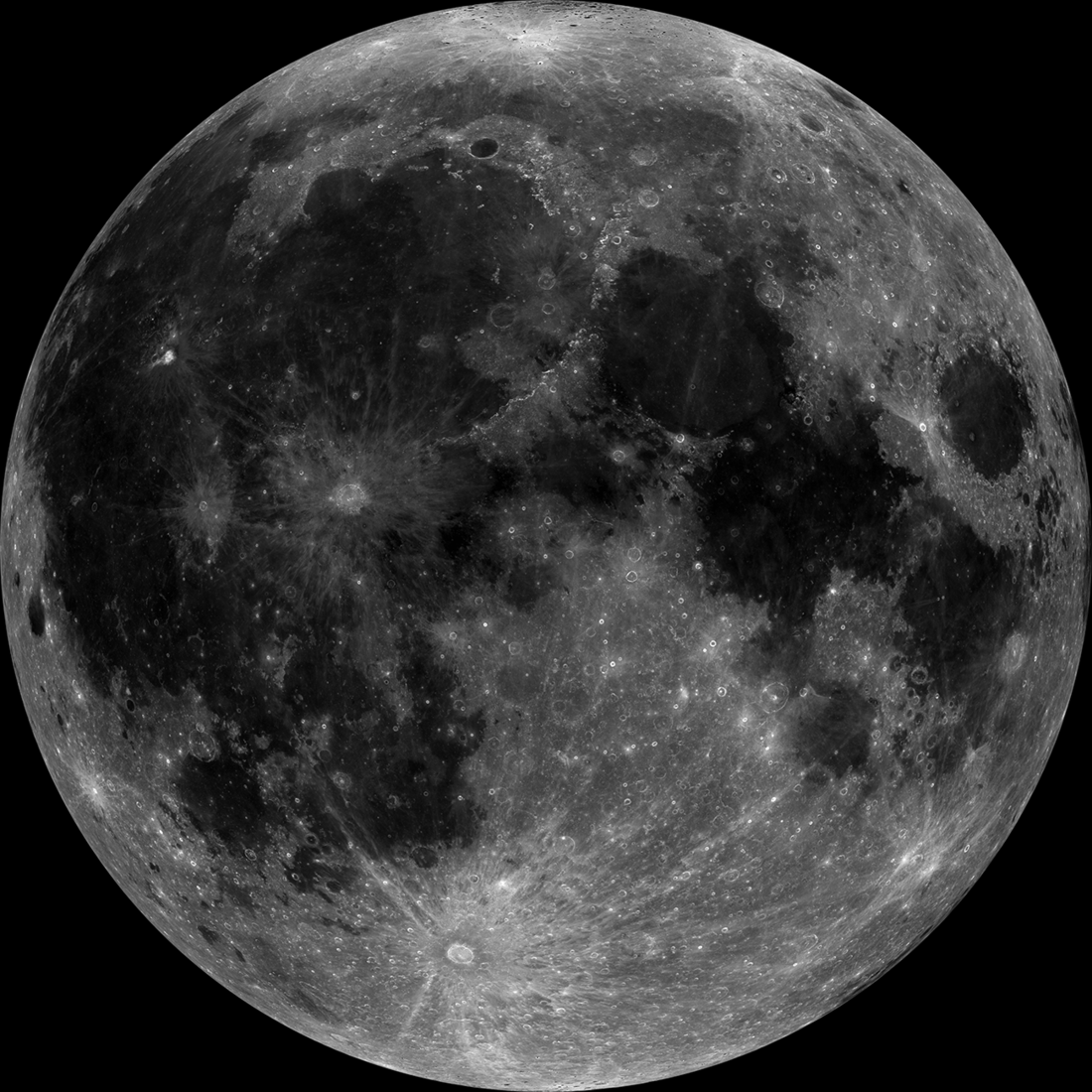
Key Takeaways:
- New research has identified 41 small-scale landslides on the lunar surface that formed since 2009, indicating the Moon is more geologically active than previously understood.
- Analysis of multi-temporal imagery from NASA's Lunar Reconnaissance Orbiter Camera (LROC) concluded that endogenic moonquakes are the dominant trigger for these active landslides, rather than meteoroid impacts or thermal weathering.
- The majority of these recent landslides cluster in specific regions, such as the eastern Imbrium Basin, suggesting ongoing seismic activity in these areas.
- These findings provide crucial insights into contemporary lunar geological processes, informing geohazard assessments and mission planning for future human exploration and permanent bases on the Moon.
The Moon may seem like a lifeless, unchanging world, but new research reveals it’s more geologically active than previously understood. A team of Chinese scientists has identified 41 new landslides on the lunar surface that formed since 2009, concluding they were most likely triggered by seismic activity. This discovery has significant implications for our understanding of lunar geology and the safety of future Moon bases.
The study, published in the journal National Science Review, tackles a key question about the Moon’s geology: What triggers its numerous small landslides? By analyzing images of 74 locations over 15 years from NASA’s Lunar Reconnaissance Orbiter Camera (LROC), researchers tested the leading theories of impacts versus internal moonquakes. Their conclusion: endogenic moonquakes (seismic activity initiating below the surface), not meteoroid impacts, are the dominant force behind the Moon’s currently active landslides.
“Our work reminds us the Moon is not a static, dead world — besides abundant new impacts, landslide is active today,” said Zhiyong Xiao, professor at Sun Yat-sen University and the paper’s lead author, in a Sept. 29 press release. “These insights bridge a gap between past lunar history and present-day processes, advancing both science and mission planning.”
The history of landslides on the Moon
For decades, scientists have wondered what causes the widespread landslides on the Moon. These events are a key process in shaping the lunar landscape and represent a potential, but understudied, geohazard for future exploration. While ancient landslides could be massive in scale, the 41 newly identified events are much smaller, typically less than about two-thirds of a mile (1 kilometer) long. This new research helps solve the long-standing mystery of their trigger, pointing to moonquakes as the primary cause and suggesting the same forces were likely responsible for landslides in the Moon’s distant past.
Identifying the landslides
To capture these recent changes, the research team, led by Xiao, embarked on a meticulous search. They focused on what they termed the Moon’s “least stable regions” — steep slopes between 24 and 42 degrees, most prone to material giving way under gravity. These included the steep walls of young impact craters, long ridges pushed up by tectonic faults within the last 1.1 billion years, and irregular mare patches (mysterious, mounded areas of volcanic rock that might indicate recent volcanic activity).
The team analyzed 562 pairs of high-resolution, multi-temporal images captured by NASA’s LROC between 2009 and 2024. The images covered 74 distinct observation targets, spread across both the near and far sides of the Moon to ensure a globally representative sample. To spot the subtle differences between photos taken years apart, the scientists carefully stacked the “before” and “after” images, aligning them and accounting for any changes in light. As a result, they identified 41 new, small-scale landslides.
What caused the landslides
After identifying the landslides, the scientists worked to determine the trigger. For 29 percent (12 out of 41) of the landslides, they found a strong spatial correlation with a new impact — a tiny crater, often less than 6.5 ft (2 meters) wide, appeared right at the landslide’s starting point. However, the researchers stopped short of confirming direct causation. Because of the large gaps in time between the before and after images, they couldn’t be certain that the two events happened at the same time.
Furthermore, these landslides occurred on slopes that were already highly unstable and near their tipping point. The evidence suggests that for these few cases, the tiny impact may have provided the final, gentle nudge to material that was already ready to collapse. The ground shaking from these small impacts must have been incredibly localized because other nearby boulders on the same slopes showed no signs of movement. This, combined with the fact that some even larger recent lunar impacts did not cause landslides, demonstrated to the team that impacts are not an efficient landslide trigger.
The team also investigated another possibility: thermal weathering. The Moon’s surface experiences intense temperature swings every day. This constant stress could theoretically crack and break down exposed rocks, causing them to crumble and slide. However, when the researchers examined the starting points of the landslides, they found no evidence of exposed bedrock. Instead, the areas were covered in a layer of regolith (lunar soil), which acts as a powerful insulator, protecting any rock underneath from the extreme temperatures. With no vulnerable rocks to break down, the team ruled out thermal weathering as a likely trigger.
By eliminating other possibilities, the researchers concluded that endogenic moonquakes were the only plausible driver for the majority — 71 percent — of the new landslides. This conclusion was bolstered by the landslides’ location. They were not randomly distributed; most were clustered in the eastern Imbrium Basin. The Apollo seismometers detected seismic activity in this region decades ago, but conventional wisdom held that the activity had since ceased. The new findings suggest the area may be a currently active lunar seismic zone.
The importance for future lunar missions
As plans for permanent Moon bases accelerate, understanding the Moon’s current geologic activity is more important than ever. “Understanding today’s landslide activity and its drivers is essential for assessing geohazards risks to these future missions,” explained Xiao. While the newly discovered landslides are small, the findings serve as a crucial warning: future lunar facilities should not be built near steep slopes in seismically active areas like the eastern Imbrium Basin. The landslide locations also provide a map of potential seismic hotspots, guiding future exploration of the Moon’s interior without needing a planet-wide network of sensors.

